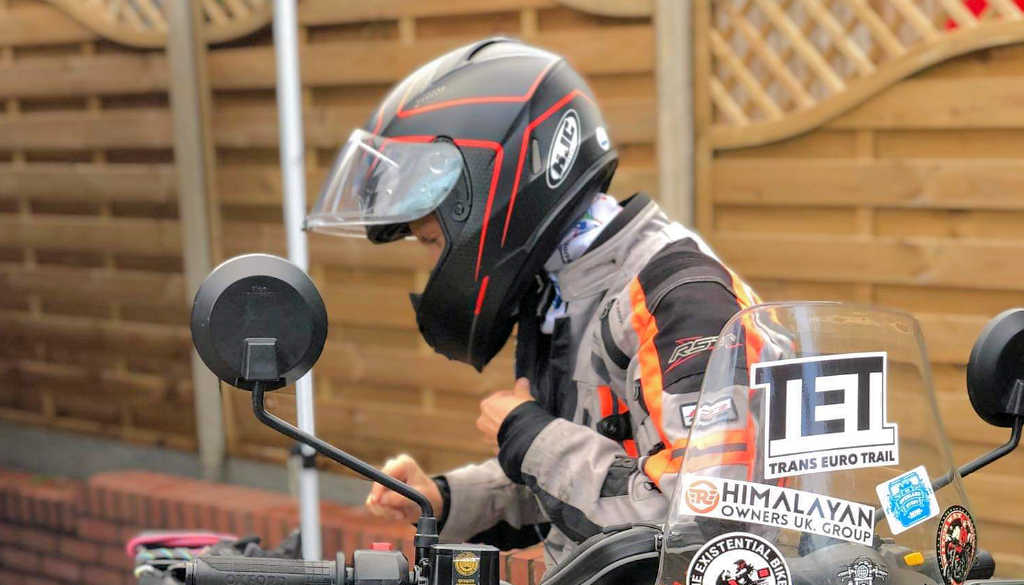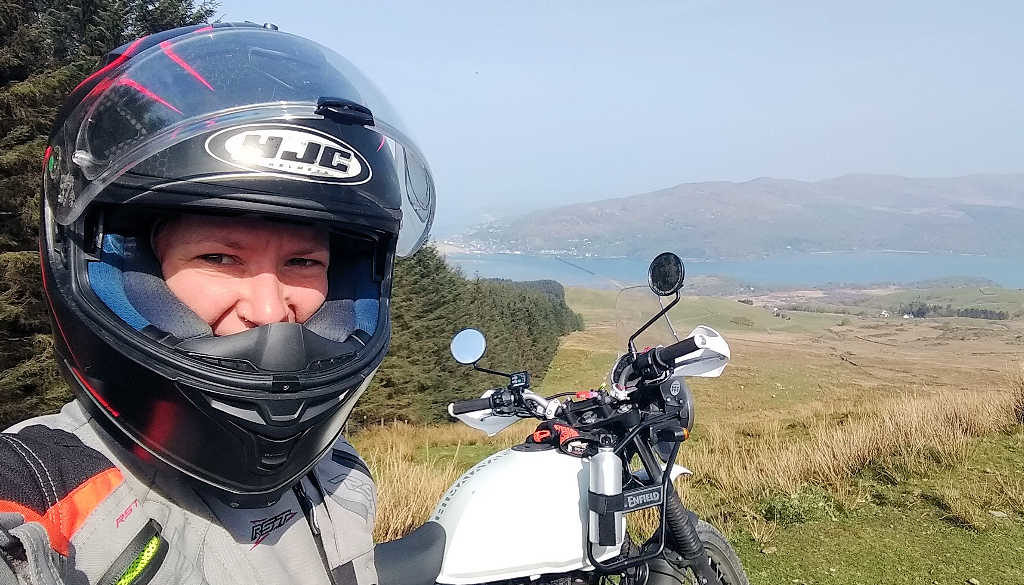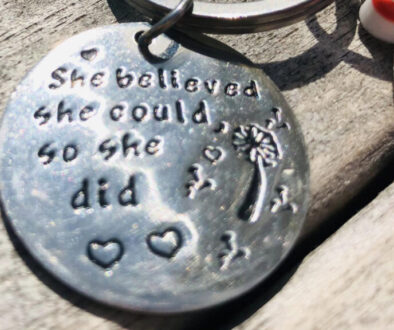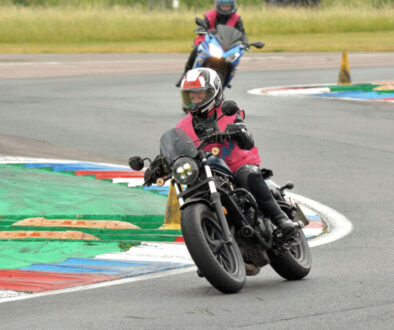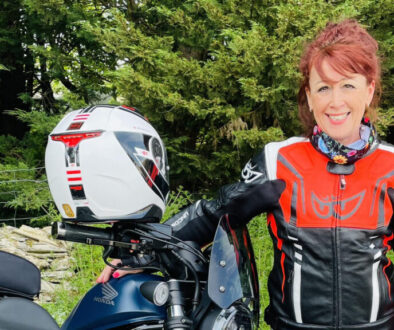What advanced motorcycle training means to me
An essential introduction to advanced skills
A few years ago, only months after buying my first bike and still on my Compulsory Basic Training (CBT) ticket, I witnessed the immediate aftermath of a motorcycle accident. That day changed my life. I’d been driving along a beautiful road in North Wales dreaming of one day riding it on a big bike, watching the bikers overtake me in my sluggy camper and a thought popped into my head about how they must pick up some speed along there and how quickly things can go wrong. And then around the next bend the road was closed, and I knew that something terrible had happened.
Seeing the Air Ambulance paramedics all working to save a life of a fellow biker got me seriously thinking about my own riding standards. CBT is so basic, and I wanted to know more about what precautions I could take to reduce my own risks. I asked this very question via an online forum and the first thing mentioned was BikerDown – a free motorbike specific first aid course. I booked on the next available date and also started looking into advanced training options. BikeSafe was mentioned to me as an essential introduction to advanced riding, so as soon as I passed my Direct Access (DAS) I booked a workshop with my local BikeSafe team.
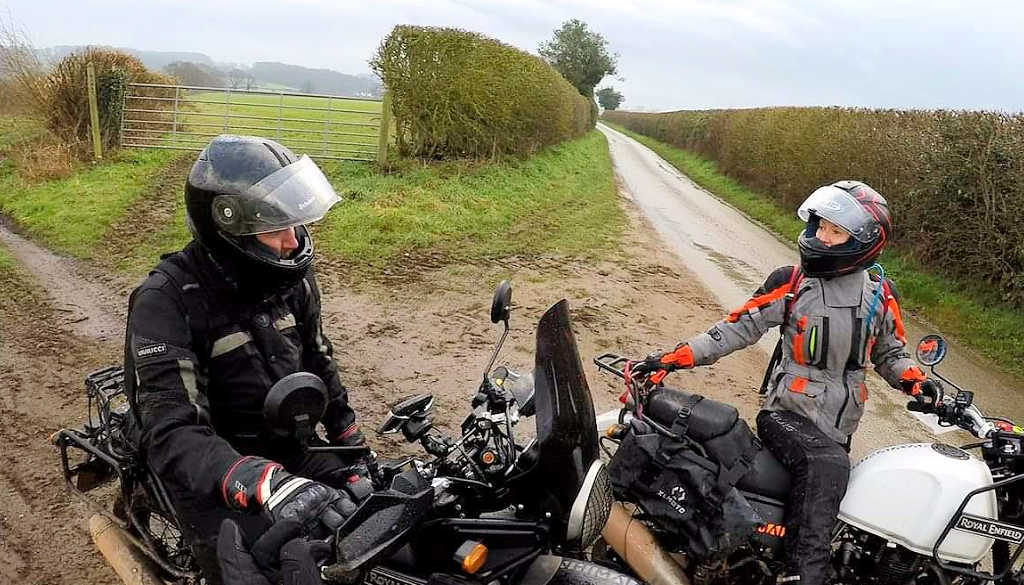
An opportunity to be learning from the best
I was nervous, it was so soon after my test, but I was fresh and eager to learn. The BikeSafe workshop consisted of a half-day theory session and a half-day road-ride under the expert observation of the BikeSafe team. I didn’t really know what else to expect. I arrived to be greeted by a room full of friendly bikers and fully-kitted police riders. In truth it had not fully registered that BikeSafe is a Police funded initiative and that there would be police officers. What a breath of fresh air to then realise that I would now have an opportunity to be learning from the best.
The classroom session covered the importance of the IPSGA riding system that the police use, with plenty of time allowed for the information to sink in and be repeated if needed. Then we headed out onto the road for an observed ride and to put it all into practice, stopping occasionally for feedback and tips.
The IPSGA system changed my perception of hazards and helped me to feel more in control of my responses to them. From that ride I was hooked on learning more. By then I’d also been getting more insight into the biking world from online magazines, blogs and forums and I was amazed at the amount of accidents that happened, particularly those in the ‘Sorry mate I didn’t see you’ category. It’s these situations that I strive to eradicate. Having ridden a push bike for many years to commute to high school I was very road savvy and aware of the risk, but my understanding was limited.
Don't kid yourself that you know it all
It was mentioned on BikeSafe about further training, through a private school or with IAM or ROSPA. I knew I wanted to do it, so I did my research and, being on a low salary, opted for a charity led course. IAM had a group very local to me, so it made sense to join them.
That was just over a year ago and I am now test ready. The process has been tough, the standards are very high, but it is totally worth the effort. With every ride I have learnt something new about my riding ability, the IPSGA system and also a lot about myself; about how I process information and transfer it into practice, how I am constantly trying to better myself and often put too much pressure on myself by doing that.
It’s so easy to get caught up in the desire to be the best but getting there is a massive learning curve. Some weeks I just wasn’t in the mood so would go along for the ride and just follow my observer, watching their lines and analysing their movements. It helped it make logical sense to me. Some days I’d be switched on and raring to go, happy that I was in the mood for constructive criticism. That’s one of the difficult processes, thinking that you’re good and being told there is more work to do. But for everything there is always room for improvement, even the masters need to hone their skills. Admitting we’re not perfect and that there is room for improvement is a big step in reducing accidents. And when you stop to think that the statistics clearly show that 70% of fatalities are avoidable on account of rider error, it all begins to make sense. I’ll never be in a hurry to trade two wheels for four, but through BikeSafe and taking on advanced skills, I’m today a much safer rider and consequently, every ride-out brings an even bigger smile. Don’t kid yourself that you know it all. Arrogance is very unforgiving and there is always something new to learn. Take yourself along to a BikeSafe workshop and learn from the best. It is one of the best investments you can make.
Written by Siân Warran
Adventurer, Motorcyclist & dog lover
